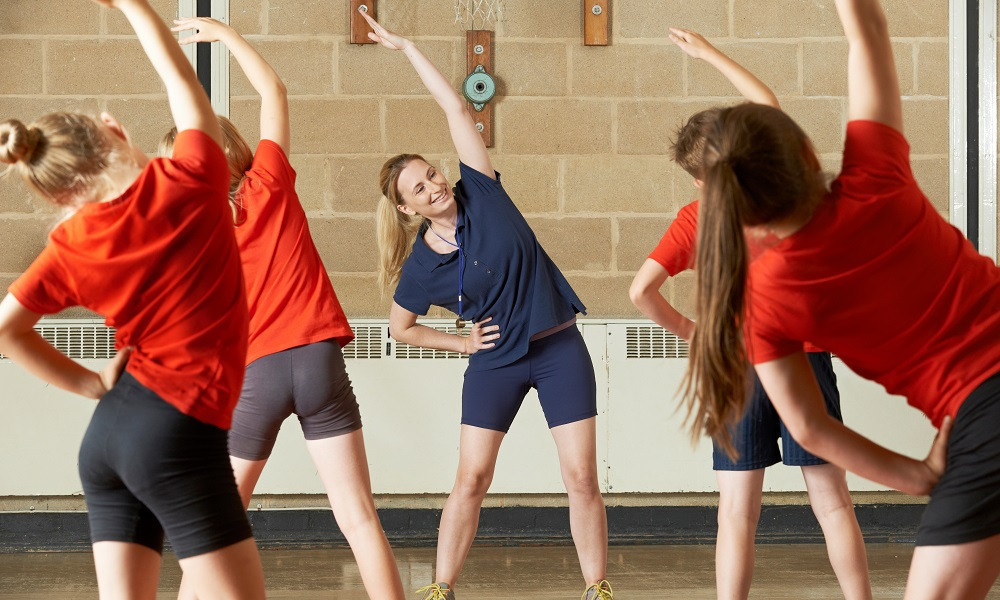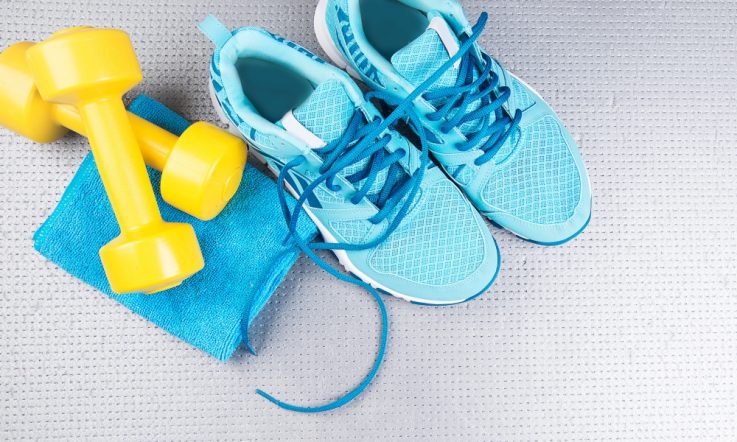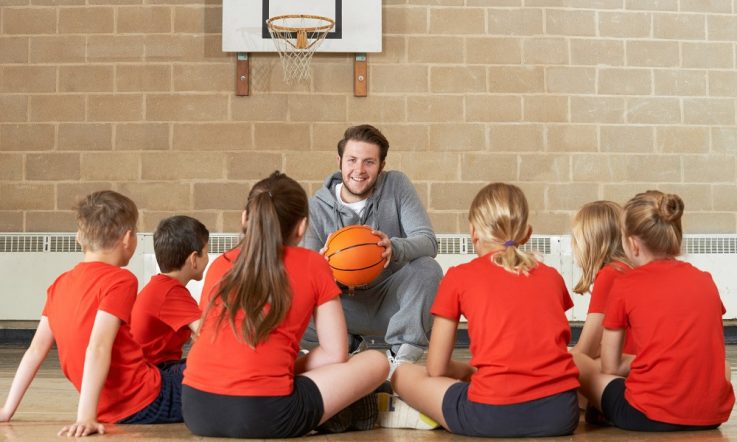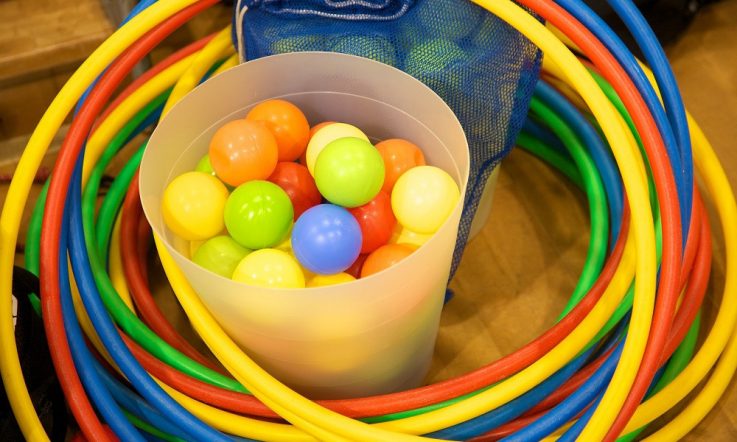For teenagers, participation rates in sport activities are low, with latest figures showing just 40 per cent of high school students in Australia have participated in organised sport in the last year.
The Australian Sports Commission (ASC) released a report in November, 2017 titled Addressing the decline in sport participation in secondary schools which identifies four distinct cohorts of disconnected students and gives advice on how to motivate these schoolchildren.
The report is based on the findings of 6600 student surveys across 100 secondary schools throughout 2016 and 2017, site visits and follow-up focus groups. Parents, guardians and teachers were also surveyed. The average age of students interviewed was 13.9 years.
The authors of the report suggest that various barriers exist for different students who identify as disconnected from organised sport, such as increasing demands from other extra-curricular activities, or a lack of confidence in their ability.
Obstacles also exist for schools, the report notes. Issues like curriculum pressures (for example, needing to spend a lot of time delivering health and PE theory which restricts the time spent active) and an insufficient range of quality equipment are acknowledged as common problems.
Identifying why students may be disengaged
The four groups of disengaged students identified in the report are specific and distinct. In brief, they are:
- Group one: students who want to participate in sport, but can't because of environmental factors. For example, there may be a lack of experienced teachers, or the student may live too far away from school sport facilities.
- Group two: students who have been disengaged for the long-term and have never had a meaningful connection with sport. Their families may concentrate more on academic priorities than on physical education.
- Group three: students who are present during sport activities, but aren't actively engaged (for example, students who stand at the sidelines during a game). This may be because they feel self-conscious or are unenthusiastic because sport activities seem repetitive.
- Group four: students who have dropped out of sport altogether (for example, they haven't chosen sport as an elective in secondary school). They may think sport is too competitive or are more focused on academics.
The ASC has also outlined possible enthusiasm points in sport for these groups of disengaged students. Aspects of sport that the authors believe may interest these students include:
- Group one: viewing sport as an opportunity to learn new skills and an opportunity to be active and have social connections.
- Group two: they may have interest in trying a new sport, spending time with friends while playing sport and using sport to live a healthier lifestyle.
- Group three: may feel more comfortable trying a new sport with students at the same skill level as them, spending time with friends and using sport to live a healthier lifestyle.
- Group four: use sport as a stress relief and a way to keep up their fitness levels.
Planning valuable programs for students
Along with advice on how to foster a more positive relationship between disengaged students and sports programs, the ASC suggests schools consider these strategies to work at building students' excitement and connection with sport: allowing students to spend the full school day in their sport uniform; inclusion of some form of novelty in the program; and, allow opportunity for versatile aspects to a sports program, because some students might prefer to spend the time concentrating on personal fitness, while others are more interested in the social aspect of PE.
As for the logistics of facilitating a sport program for disengaged students, the ASC has published 14 ‘pre-program questions' for teachers to consult when planning their programs.
The report says it's important to note that the student-deliverer ratio of 1:15 is essential as engagement levels are likely to drop as the number of students increase, even if there are more deliverers; meaning that a student-deliverer ratio of 3:45 is far less effective for engaging students.
Educators are also reminded to be conscious of students from culturally and linguistically diverse (CALD) backgrounds, where more physical and less verbal instructions may be necessary. According to the survey, CALD students are one of the most likely groups of students to not actively participate in sport, along with female and older students.
References
Australian Sports Commission (2017). Addressing the decline in sport participation. Retrieved from: https://www.ausport.gov.au/__data/assets/pdf_file/0010/665794/34896_Youth_participation_project-full_report_acc2.pdf
The ASC report, including advice on how to work towards building an inclusive and positive sport culture across your school, is available to view online (3.1 MB).
It presents 14 ‘Pre-program questions’ for sport deliverers and teachers to consider. Before implementing a new sports program, answer these questions yourself. Are there any gaps in your planning?
With a colleague, discuss the suggested strategies for engaging students in sport. Think about your own context – what are the main issues when it comes to engaging students in sporting activities? Which approaches do you think would be effective in your school community?



